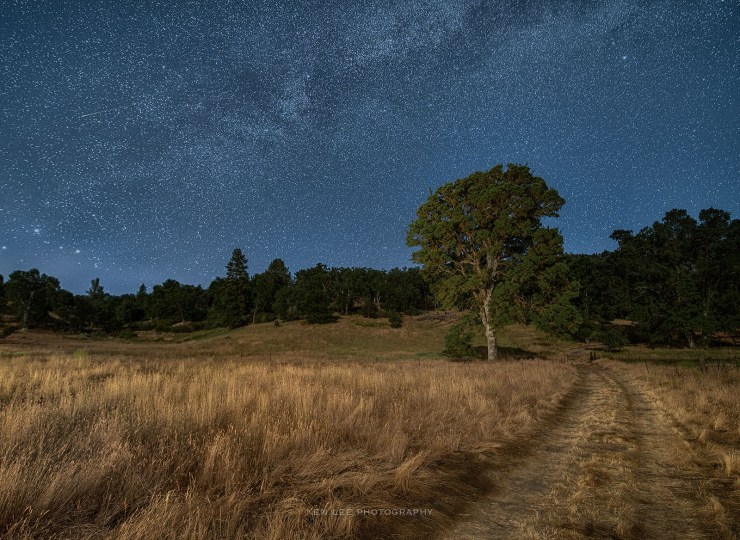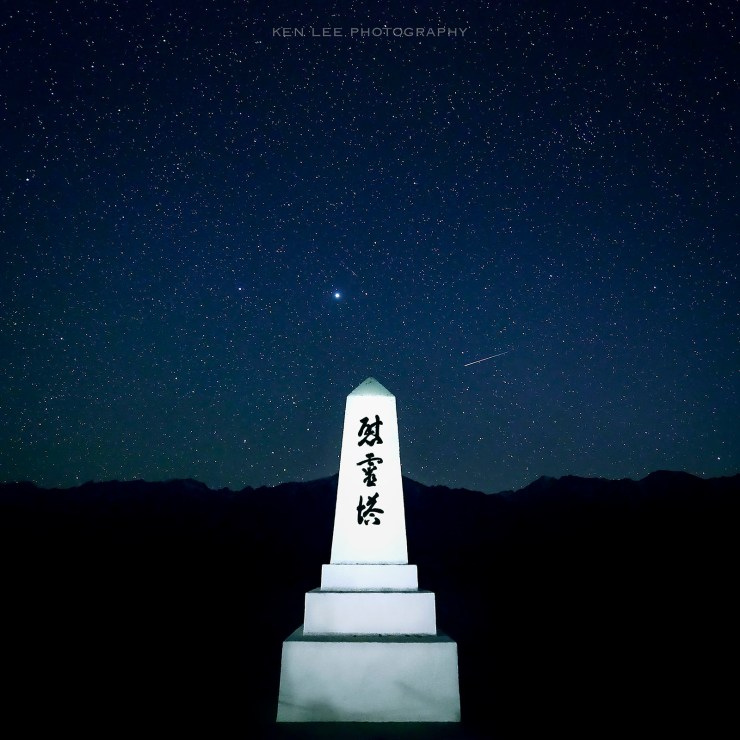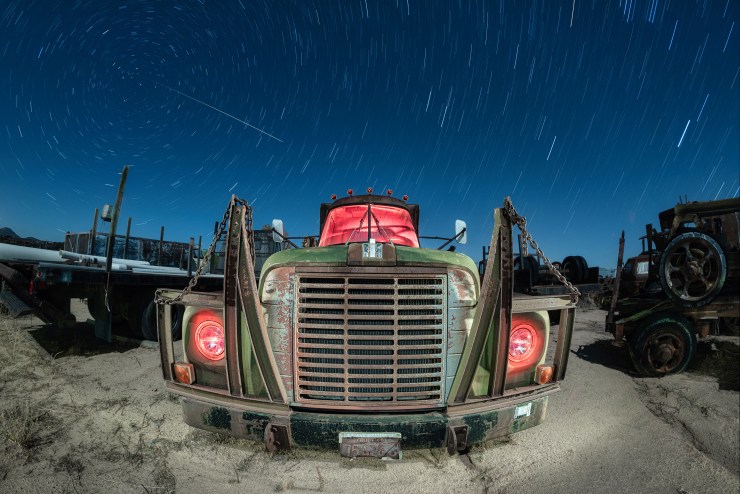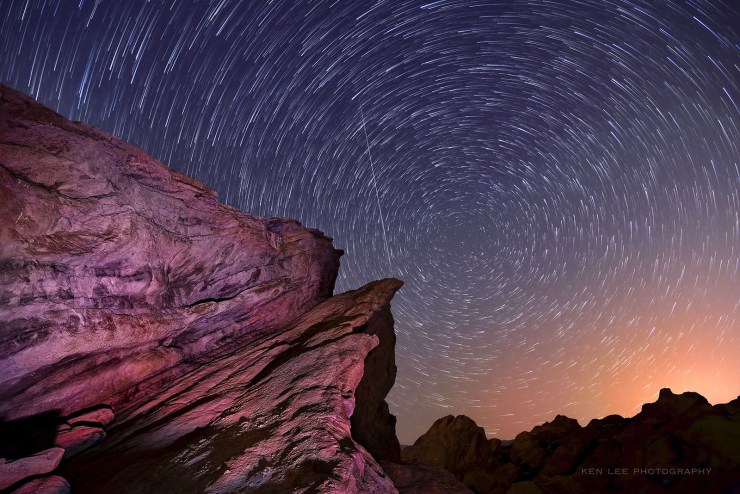The Perseid meteor shower will likely peak on August 11-12, 2021. Many anticipate that it will be particularly prolific this year. Why? Because the moon will be dim since it will be in its waxing crescent phase.
Furthermore, the moon will set early in the evening. It sets at about 10 p.m. and 10:30 p.m., respectively, at the height of the meteor shower. This means nice dark skies and brighter and more meteors.
Find dark clear skies
Find the darkest skies you can, away from light pollution, preferably with large open spaces to view the night sky. Obviously, you also want to find a place with as few clouds as possible. Remember, too, that August 11-12 are the peak. You can see plenty of meteors on other nights surrounding. The most important thing is that you have dark, clear skies.
When should you go?

Although the moon will set soon after it gets dark, between midnight and dawn should still have the most visible meteors. On both August 11 and 12, when the meteor shower will likely peak, the moon will be dim and set quickly. However, the Perseids should be visible from how through August 24, 2021.
What do you need to photograph the Perseid meteors?
There’s a few pieces of gear that you’ll need:
- A camera that has manual mode. This includes just about any DSLR or mirrorless camera. A wide-angle lens will capture more of the night sky, increasing your chances of capturing the streaking meteors.
- A tripod for keeping your camera still.
- Other helpful gear can include a shutter release cable. You may also use an intervalometer, or a red headlamp for seeing in the dark. Also consider a coat, hot chocolate and a chair — especially one that reclines so you can watch the universe’s glorious light show.
Where do you aim the camera?
I could be snarky and say “the sky,” but no, you want more information than that! The Perseids meteor shower is named after the constellation of Perseus because that’s the location in the sky where the meteors appear to originate. This is sometimes referred to as the radiant point. Perseus will appear more or less north and drift northeast if you are in the Northern Hemisphere, where this will be most visible.
However, I should mention that the meteors will be visible in many places in the night sky. You are not restricted to pointing your camera northeast. Think about composition as well. Maybe there is an interesting foreground nearby that adds interest to your photo, or perhaps point it to the south or southeast so you can also capture the Milky Way.
Camera settings

Set your lens to infinity. If you are not sure how to focus for infinity and the stars in the sky, this article on finding infinity may help you! Assuming you are using a wide-angle lens, try a shutter speed of around 20-30 seconds. Choose a large aperture, something like f/2.4 or f/2.8. And then adjust the ISO to something relatively high, such as ISO 1600, 3200 or higher if necessary.
Take a test shot. Can you see the night sky and everything else alright? If you cannot, adjust something in your exposure triangle, such as the shutter speed or the ISO.
Remember this, though. If you adjust it much past 30 seconds, the stars will begin appearing elongated rather than pinpoints. And if you adjust the ISO for a very high setting, it will become noisier and have less dynamic range.
Take many successive shots

Be aware that if you are locking the remote shutter release, some cameras may shut off after 100 exposures. You can simply start this again. If you are using an intervalometer to specify the amount of exposures, then you needn’t worry about the camera’s exposure limit.
Keep people away from the tripod. Don’t shine lights around the area. Relax and watch the heavenly show.
What do I do with all these photos?

You’ll have possibly hundreds of photos of the night sky. Hopefully some have meteors! If so, congratulations! Cherry-pick those and show them off to your friends and family.
But there’s another bonus. Whether you have meteors or not, you may also take all these successive photos and make an image of long star trails that may or may not feature shooting stars! I like to use Adobe Photoshop or StarStax to do this.
Once you are satisfied with your image, take the same shot many times. Do this by locking down your remote shutter release so that your camera takes photos over and over, one right after another. If you use an internal intervalometer or setting, consider using a short timer before the camera begins its sequence to minimize shake.
Going out to photograph the meteor shower this weekend? Submit your favorite images to the Photofocus Community!
Tell your story with the second annual Visual Storytelling Conference!
Experience four days of interactive, online training sessions featuring a range of educational content with experienced photographers and content creators. This free event kicks off with a series of technical boot camps to build essential skills, followed by live, online sessions on photography, video, business and social media. Join live from March 10-13, 2022!
